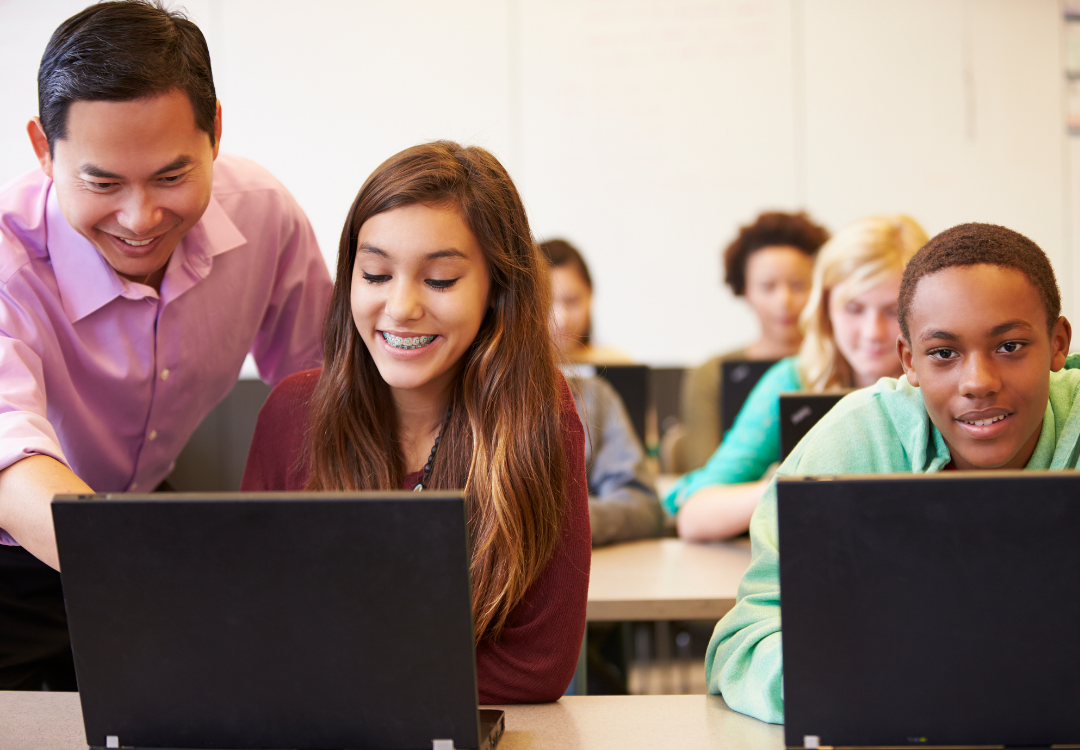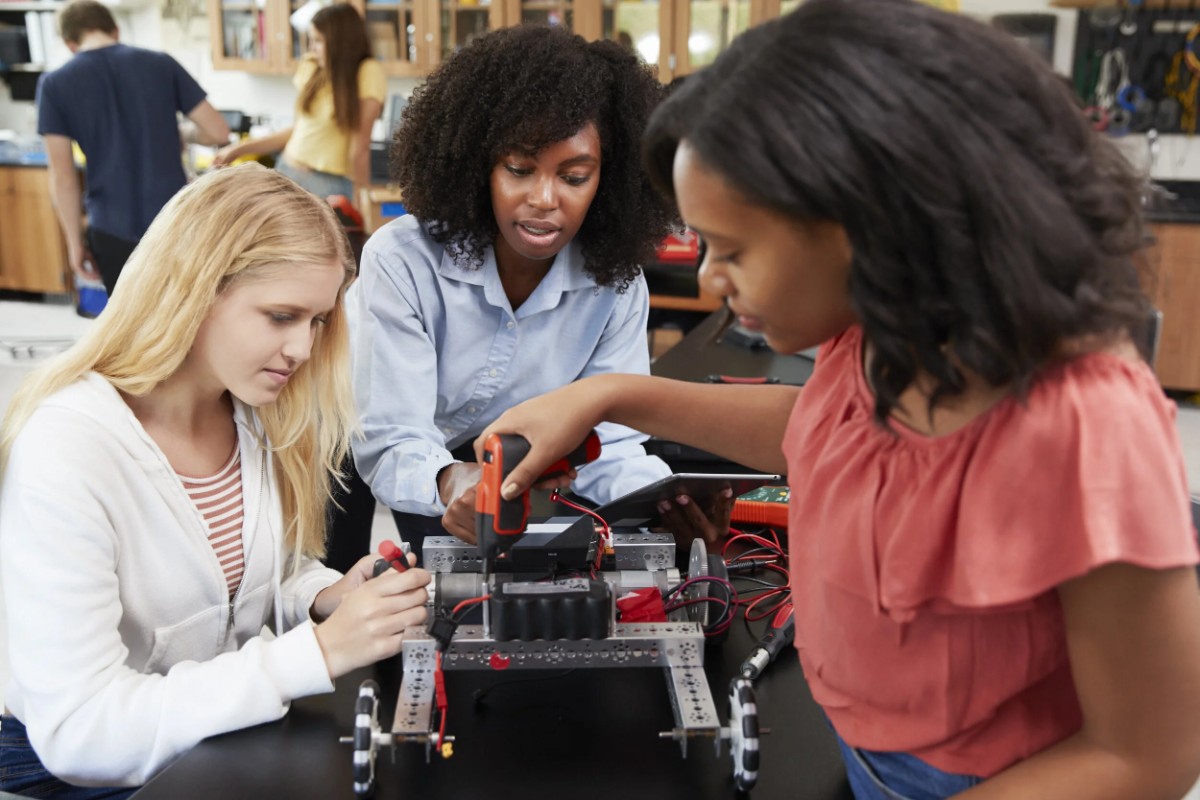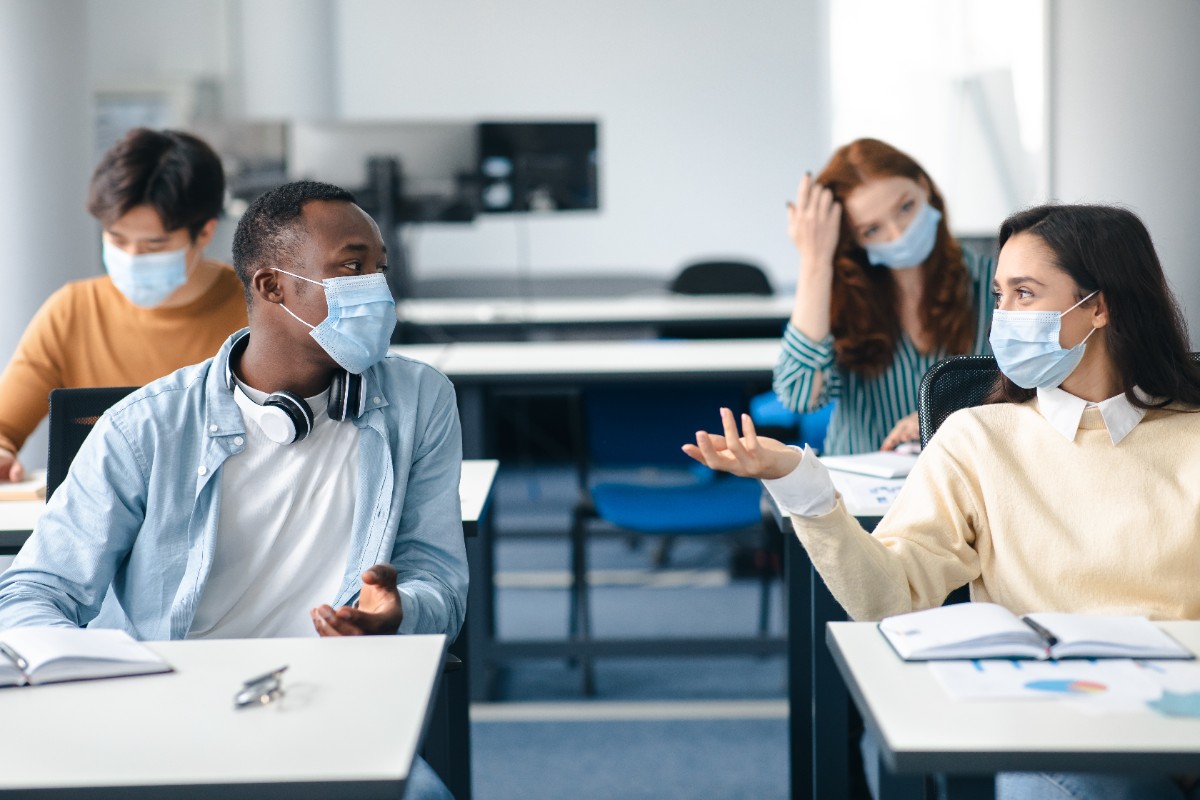I once read an article on how many innovative medical advances originate from the military on the field of battle. These are situations of crisis and trauma where the only directive is to keep a person alive. The analysis comes in the aftermath of the situation. Sometimes, it is discovered that a particular treatment works well and is implemented into mainstream medicine.
We are in a similar situation in education. With the pandemic and quick switch to remote learning, we had to try new things to keep learning moving forward. The door was opened to allow for innovative learning environments to emerge. There are some changes that need further analysis to confirm their efficacy. There are other changes that worked well and we need to keep them in place and implement them in a broader context.
As we prepare for schools to reopen in the near future, we need to ask if we truly want to go back to exactly how things were before the pandemic started. We have an opportunity to make changes for the better for our whole nation. What lessons have we learned and what do we want our educational system to look like?
Possible Scenarios
The Organisation for Economic Co-operation and Development (OECD) recently held a webinar on “What will education look like in the future?” With a record-breaking 3000+ attendees from over 120 countries, we are able to consider education with a global perspective. There are some commonalities across countries like national standards, grade levels, achievements, and some international tests like PISA and TIMSS. But there are differences across nations in curriculum, instruction, and content emphasis.
Around the world, there is consensus that education will not and should not go back to exactly as it was before. We need to keep what worked during this time of remote learning and replace what can be improved. Four possible scenarios were presented during the webinar of what education may look like in the future.
Scenario 1: Schooling Extended

We know that our educational system has cracks and that some students fall through. With the pandemic, these cracks have widened. We have more students not showing up for school, failing classes, and simply not engaging in education. One way governments may deal with these problems is to extend schooling to try and close these gaps. Schools are key for not only educating but feeding, protecting, and socializing children. Concepts like nutrition, money management, and social-emotional skills that used to be taught in the home are now addressed in schools. With more control and consensus, we can begin to close some of the educational gaps. With this scenario, a nation can have educational monopolies that create and manage a system of schooling that allows for equality and equity for all students.
Scenario 2: Education Outsourced
On the opposite end of the scale, we could have education being outsourced with a diversification of structures. Education would become a free-market with students choosing the system works best for them. We already see a version of this scenario with private schools and charter schools in the U.S. With remote learning, we can have more options available. We are already familiar with large, accredited, fully remote colleges like the University of Phoenix. Could this model work for public K-12 as well and could we allow students to choose the learning platform that works best for them? Within this system, there is a loss of central control over what is taught and how it is taught. Rather control is in the hands of the diverse entities who provide educational services.
Scenario 3: Schools as learning hubs
When schools closed in Jamaica, parents searched for help to educate their children from home. Spark Education met this demand by creating family pods for their growing client base. A few families bring their children together in one home and teachers rotate between pods teaching their chosen subjects. Spark Education is in the process of being licensed as a school that not only teaches the national standards but has a focus on STEM and life skills. Could this model of schools as learning hubs be extended broadly to public schooling?
Schools as learning hubs reduces the need for large school buildings and allows for greater flexibility and personalization within hubs. Learning can focus on local issues or on global challenges that can be addressed with local solutions while still meeting national and state standards. Because of the localized nature of learning, parents, the community, and other stakeholders play a key role and can reap benefits by being a part of the educational system. This is similar to our public schooling in the U.S. However, there is still much central control reducing the flexibility, responsiveness, and personalization that could be.
Scenario 4: Learn-as-you-go
Most of us have a very powerful computer in our pocket. We are able to educate ourselves quickly and easily by searching what we want to know. We just need to know how to ask the questions. What if students were educated in this way? In the ‘learn-as-you-go’ scenario, traditional schooling is replaced with the technology. What students learn depends upon what is available to them – learning is up to the individual or up to governments who may limit content. There is potential for a high level of personalization as there is no need to be present in a physical school. Students are able to learn on their own with little social interaction required.
All four of these scenarios are possible. All of them have benefits and detractors. And all of the scenarios may play out in different countries around the world. The question we must ask ourselves is what would we want to see here in the U.S. and how might we get there?

Role of the teacher
When contemplating these possible educational futures, we need to consider the role of the teacher. With the Learn-as-you-go scenario, the primary stakeholder is the student while the role of the teacher is virtually non-existent. Teachers would need to be adept at capturing attention and delivering content with technology and with teaching students how to ask good questions and identify valid and accurate information. With the Schooling Extended scenario, teachers will need to adhere to the prescribed curriculum, bringing back days of following a script to ensure content is properly covered. The primary stakeholder is the controlling government entity whether at the national, state, or local district level. I think we can agree that neither of these situations is ideal for teachers. They also have detractors for students with learning being self-motivated or lack of control and thus engagement in learning.
With the Education Outsourced scenario, teachers are required to meet the demands of the primary stakeholders which are parents, local schools, or communities. While this scenario allows for flexibility with teaching innovations, the free-market system means that teachers who are favored do well while teachers who are not will have to look for other jobs. The Schools as Learning Hubs scenario is a balance with teachers having to meet local needs while still adhering to national standards. In this scenario, the teachers direct education with input from local stakeholders like parents and community members. With these considerations, it seems clear which scenario best benefits teachers. In a webinar poll question, over 50% of attendees around the world agreed that the Schools as Learning Hubs scenario is the best hope for education.
We know that teaching jobs are not going away. But we know that with all of the educational technology available and information at our fingertips, teaching skills do need to change. Teachers no longer need to be the source of information. Rather we need teachers who can gauge where students are in their learning, guide learners, and connect them with the resources they need. This is not a new skill for teachers. I can almost guarantee that your favorite teachers were the ones who got to know you as an individual and pushed you to be your best. In short, skilled teachers are adept at building relationships with students.
Role of curriculum
Most of us were taught in lecture halls. Even if we were educated during the time of computers, we were still told what to learn rather than figure it out for ourselves. It is difficult to teach in ways that we did not experience ourselves, especially when we have standards to meet and stakeholders forcing adherence to standards with high-stakes testing and strict timelines. But if you really look at our standards, they emphasize skills like critical thinking as much as they focus on content knowledge. We need to let our students engage in critical thinking and struggle with problem solving. But as we ourselves were not taught that way, it can be difficult for us to imagine how to do that in our own classrooms.
As evidence of this challenge, results from the Teaching and Learning International Survey (TALIS) showed that a majority of class time is spent in classroom management practices or clarifying instructional practices. Much less time is spent on allowing students to solve complex tasks, work in small groups, or presenting tasks for which there is no obvious solution. This implies that most of classroom time is focused on management or teacher-centered instruction rather than cognitive activation and critical thinking.
So how do we flip these practices and focus instead on student-centered instruction? We can start with supporting teachers rather than directing their actions. We can treat teachers like the professionals they are, allow collaboration, and encourage teachers to take the lead on educational initiatives. TALIS summarized the findings in a short video that provides ideas for how to improve education on a global scale. It begins with supporting teachers.
Supporting teachers as they engage students in student-centered practices like critical thinking and problem solving is precisely what Almy Education is working to do. Our roots are in transitional math and algebra, but we are branching out to other areas of math and of science, engineering, and technology. We are promoting problem solving with non-Googleable problems and encouraging creative design. Almy Education is providing the supports for the present while keeping an eye on the future.

Which educational scenario would you like to see in the future? What can you do now to see this scenario come to fruition in the future? What supports do you need to ensure you are ready for that future?







